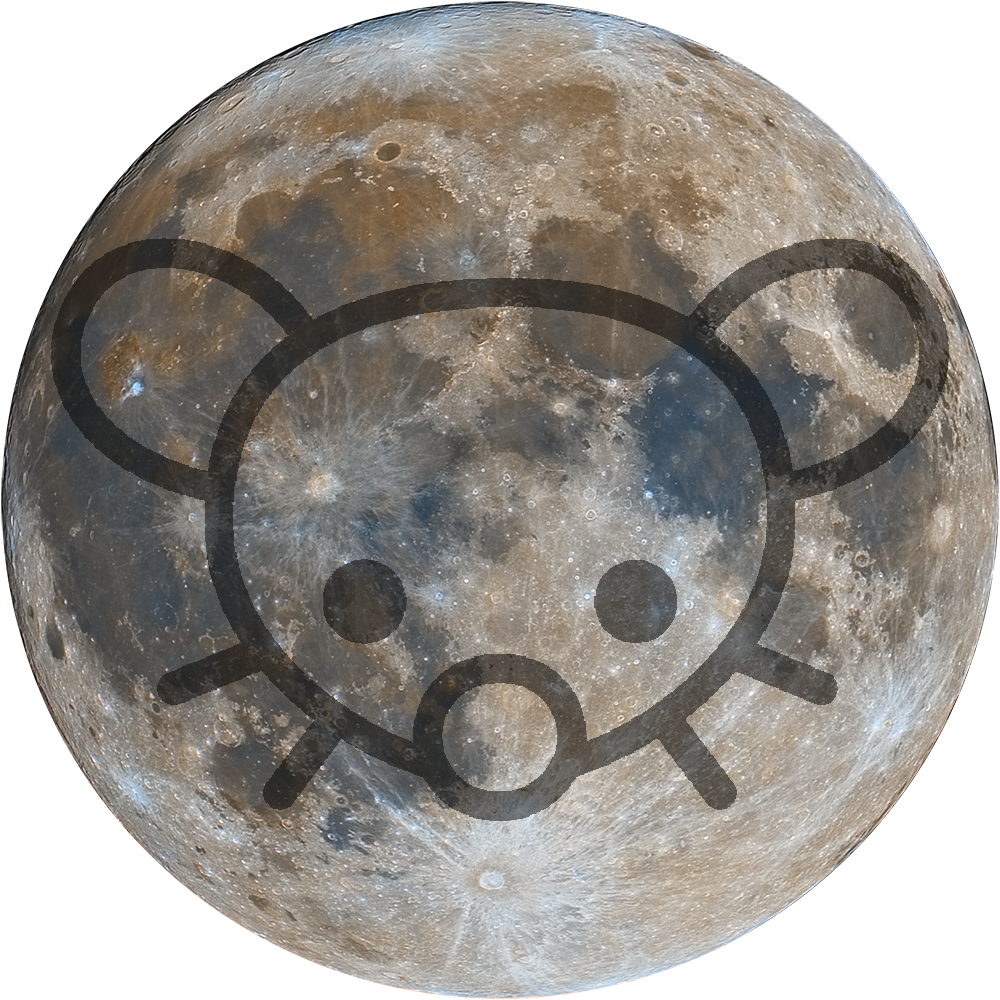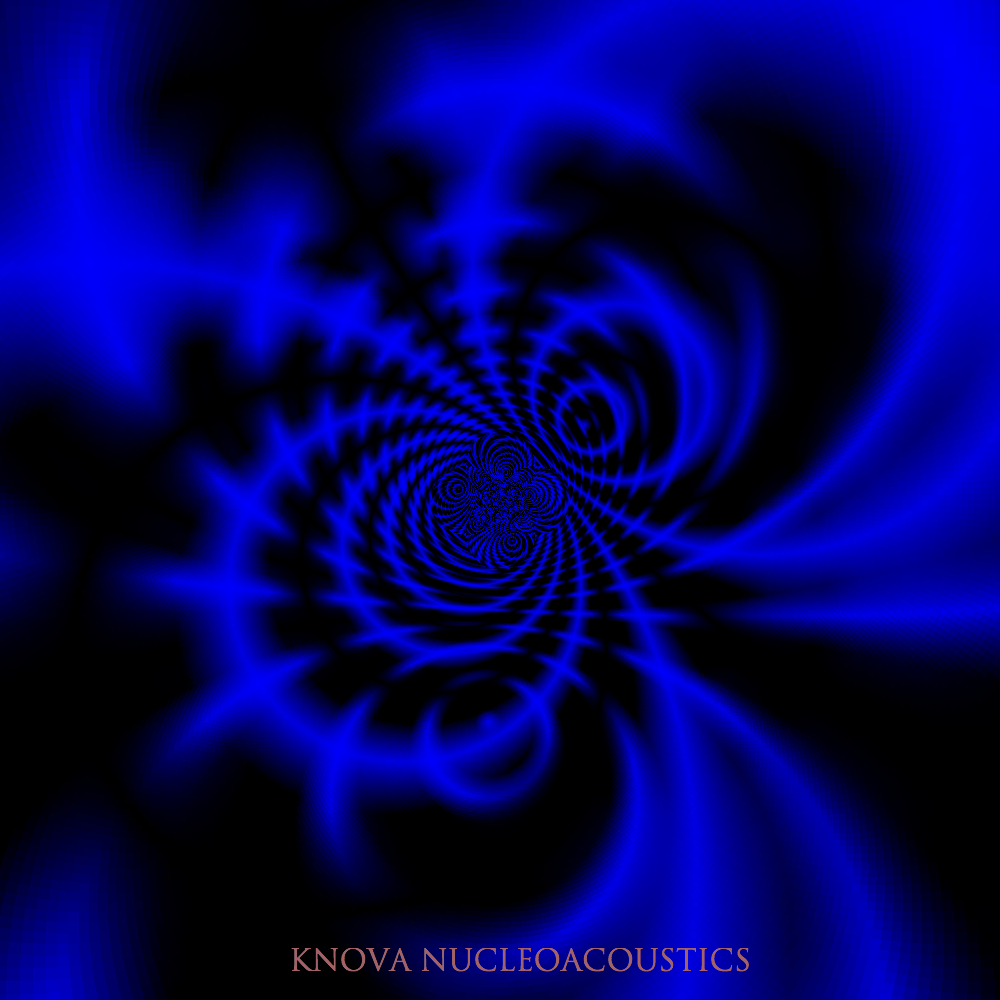My 5th time trying to image a seemingly easy target with something being off… This time I must have nudged the lens out of focus slightly and there was some dew forming on the lens that I hadn’t noticed. This hobby sure has a steep learning curve!
Still, decided to not throw away the whole attempt and did a quick processing. It’s about 45 minutes worth of 30 sec exposures at 500mm f6.3.
Feedback appreciated!
I’m not a photographer, but it looks pretty damn good to me!
I think it looks fantastic!
Nice job! I have been in the position of getting dew on the lens. I’m a newbie too, still lots to learn.
Something I learned is extra stacking only removes noise (which is important), it doesn’t actually “enhance” the amount of light received. I think my next attempt at a deep sky object will be something like 5 minute exposures, but only stack 20-25 of them. Someone correct me if I’m wrong about how I’m thinking about this.
Thank you so much! I’ll definitely be looking into dew heaters in the future!
Additional stacking definitely improves how bright faint objects appear, but it has gradually diminishing returns. In my limited experience you’re right though.
Longer single frame exposure are definitely better, as long as the overall integration time remains the same.
The problem is my setup is at its limit with a 500mm lens on an APS-C sensor, going above 30 seconds without autoguiding would be incredibly hard!
I also have a 200mm lens that I got up to 120 sec exposures without trailing, but it’s definitely a challenge.
Thanks for the feedback!
Are you using a tracker at least?
I think my next big upgrade from a basic Star tracker, which does work for stuff like this, is a GoTo mount with tracking. I know there is also software that continuously monitors an image and communicates with the mount to ensure your intended object stays locked in frame (this may be the auto guider you mentioned) - I have not looked into this
Yes, this is on a StarAdventurer tracker, but 500mm is pretty much the limit for it.
The autoguider is basically a small scope with a small camera connected to a computer which runs the software you mentioned and uses the data from the secondary scope to correct the movement of the main scope in real time.
A go-to mount is definitely my next big upgrade as well.
Clear skies!
1 more question I forgot to ask earlier - what camera body are you photographing with?
When it stops snowing here, I’m looking forward to trying out my new Canon EOS R8, which I think is going to be a decent upgrade from my Rebel T3i (aka Canon 600D)… better low light performance off the bat, full frame which means I can stop doing crop sensor conversions, and higher MP count. Not to mention it’s lighter which will stress my tracker a bit less (with a heavy lens I was basically at the weight limit already).
and while you are at it, what 500mm lens are you using?
I’m using a stock Sony a6000. Light, cheap, decent low light performance. I’ll probably dip my toes into modifying some cheap dslr for astro before moving on to a dedicated astronomy camera in the future.
The lens is the newish TTArtisan 500mm f6.3. It costs less than pretty much anything with that kind of reach and is decent enough, though I see myself selling it in the future and getting a triplet refractor and a 6" newtonian astrograph.
To think that all those individual stars are much, much closer to us, around a few hundred light years at most, while that thing in the background thousands of times more distant, at least two-and-a-half million lightyears behind.
Let’s put it this way:
Let’s say that with your telescope you can see stars that are around 3000 lightyears away. That’s about a kiloparsec, give or take.
Meanwhile, Andromeda is around 780 kiloparsecs behind that.deleted by creator
Succeeded



